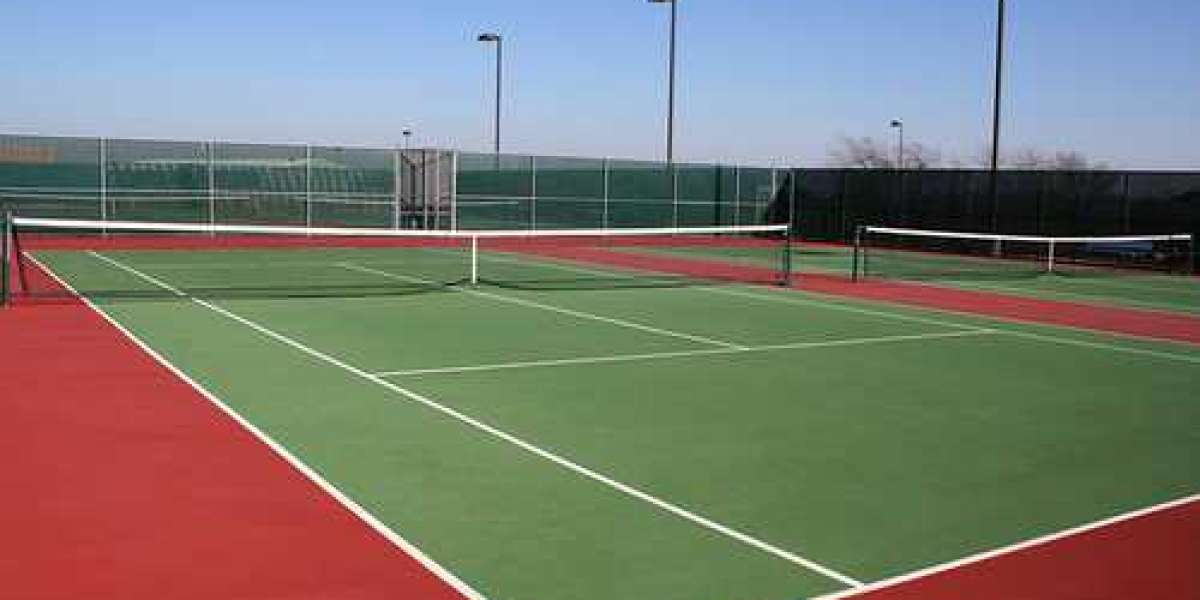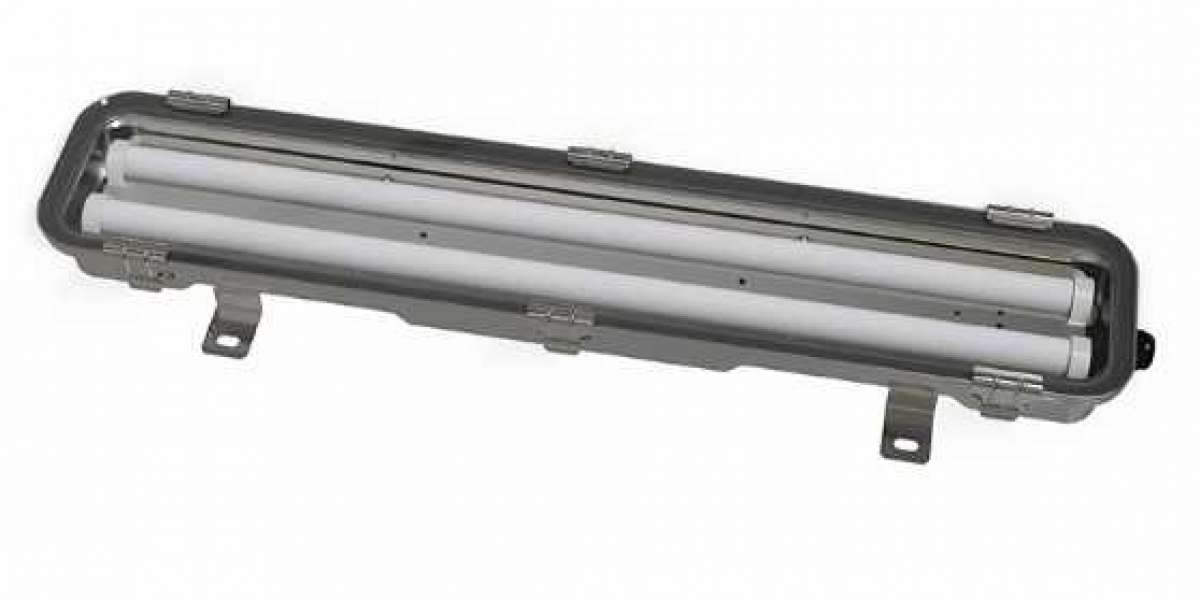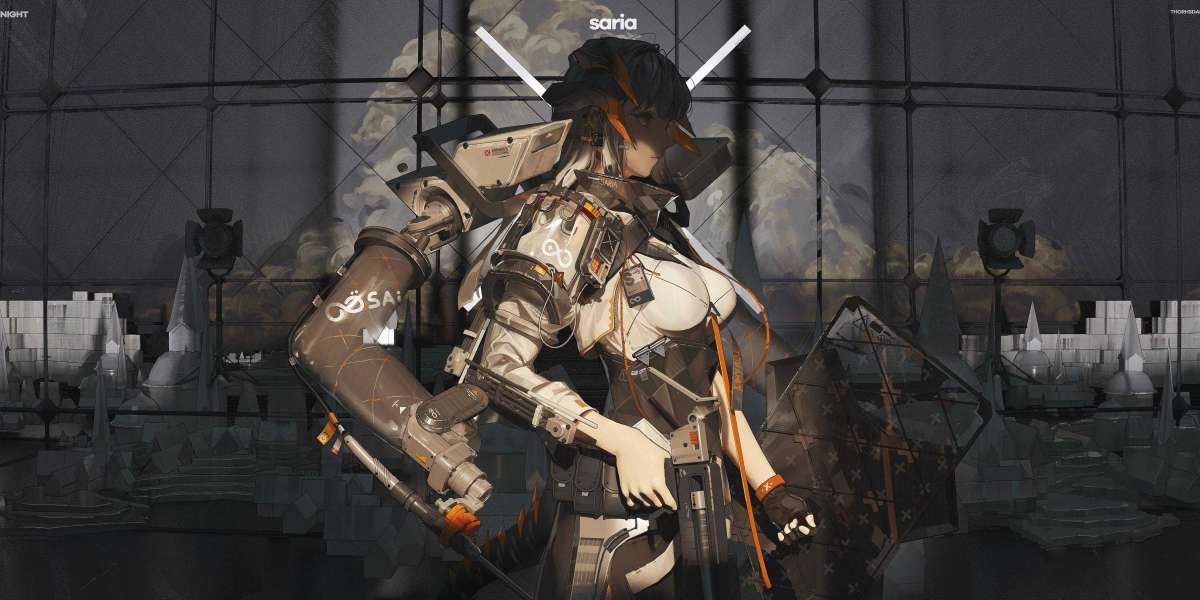When people think about tennis, they often picture the players, their racquets, or the buzzing crowd. But one important part of the game often gets ignored—the ground the players are on. The surface of a tennis court flooring really affects how fast the ball moves, how high it bounces, how players move around, and even how injuries can happen. Picking the right surface and keeping it in good shape gives players a better experience.
Tennis Court Size and Dimensions
Before you choose a surface, it’s good to know the size of a tennis court. A standard court is 78 feet long and 27 feet wide for singles, or 36 feet for doubles. Including extra space around it, the total area is usually around 120 feet by 60 feet. Getting the measurements and markings right is key for both serious and casual games.
Types of Court Surfaces and Their Effects
There are four main types of tennis court surfaces, and each one has its own traits:
- Grass Courts: The fastest surface, but they require a lot of care and perfect weather to stay in shape.
- Acrylic Courts: These are popular because they last a long time and provide steady play. They’re usually laid over asphalt or concrete and often come with some cushioning.
- Synthetic Courts: Made with special materials that help reduce strain on your joints, making them comfortable for clubs and schools.
While the size of the court stays the same, the surface can really change how the game is played and how safe it is for players.
The Need for Good Installation
Building a tennis court takes careful work. If it’s not done right, you could end up with cracks, bad drainage, or an uneven surface. Professional contractors look at the site, the weather, and how the court will be used before deciding on the right surface. Setting up the court also includes making sure it’s level, picking the right base materials, and ensuring good drainage.
Designing a custom court and choosing colors can improve both how it looks and how it functions, plus there’s a branding benefit too.
Taking Care of the Surface
Even high-quality courts need some maintenance. Knowing how to resurface a court is important for keeping it in good shape. Common tasks for maintaining a tennis court include:
-Filling in cracks
-Smoothing out the surface
-Applying new coatings, especially for acrylic courts
-Repainting the lines
Most courts should be resurfaced every 4 to 8 years, depending on how much they get used. Waiting too long can lead to bigger problems and unsafe conditions.
Today’s Court Surfacing Trends
Modern court surfaces are designed to resist heat and UV rays, and some even allow water to pass through. Newer modular and cushioned systems make it easier on your knees and ankles. These innovations are making courts more enjoyable and safer than ever.
Conclusion
Understanding the importance of tennis court surfaces is key to creating a great playing experience. From measuring the court to choosing the right surface and keeping it maintained, each choice impacts the game. Whether you’re setting up a brand new court or planning to resurface an old one, making the right decisions helps ensure it stays safe and fun for all players.








